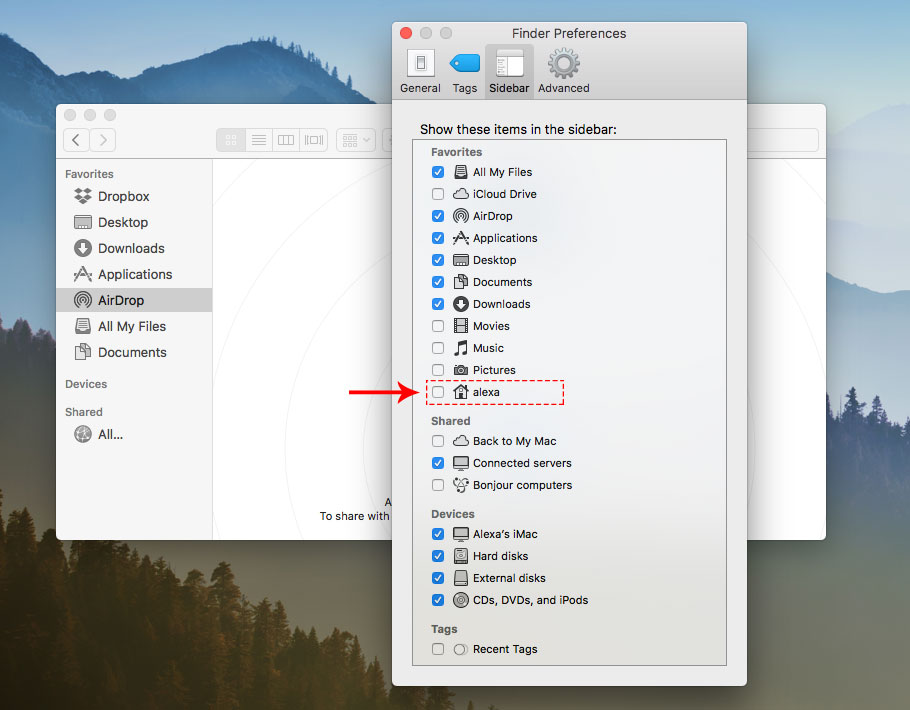

- #Mac command line list contents of directory how to
- #Mac command line list contents of directory free
- #Mac command line list contents of directory mac
Remember to hit Return key after typing each command. Type the following command lines to recover deleted files from Trash. Follow one of the 5 ways above to open Terminal on Mac.
#Mac command line list contents of directory how to
How to recover deleted files with Terminal command
#Mac command line list contents of directory mac
Ctrl + F/B - move cursor one character forward/backwardįor more useful Mac Terminal commands, you can check: The Mac Terminal Commands Sheet.Ĩ.Option + →/← - move cursor one word forward/backward.Ctrl + C - kill whatever you're running.Ctrl + W - delete the word before the cursor.Ctrl + U/K - clear the line before/after the cursor.Ctrl + A/E - go to the beginning/end of the line you're currently typing on.Ctrl + R – search through previously used command lines.history –c – delete command lines history in Mac Terminal.history – display previously typed commands with the last n items.history – check Terminal command history.defaults write type file-extensionįor instance, you can type defaults write type PNG, and press Return to change the default file type of Mac screenshots to PNG.Ħ.Change default file type for screenshots on Mac If you want to hide the files again, you can replace “TURE” with “False” in the command above.ĥ. defaults write AppleShowAllFiles TRUE.
#Mac command line list contents of directory free
Alternatively, you can also use free MiniTool Partition Manager to analyze and release free space with its built-in Space Analyzer feature. You can use Mac Terminal commands to easily remove unnecessary files and folder to free up space on your Mac. rm - delete multiple files without any confirmation.rm –R - delete a folder and contents in it.mkdir “” – create a new folder with a space in the folder name.Is –la – list detailed directory contents incl.


Select Options, and click Keep in Dock option. Right-click Terminal icon, or press Control button when clicking Terminal icon. If you need to frequently access Terminal application on Mac, you can create a shortcut for Terminal app to quickly access it every time. The AI Siri app will open command prompt on Mac for you. Then you can speak to Siri and say “open terminal” to it.

You can click the Siri button on the menu bar to open Siri. Launch Terminal Command Prompt on macOS with Siri Alternatively, you can also type terminal in the search box at the top, and click Terminal app to open it. Find and click Other folder, and double-click Terminal to launch CMD on Mac. Alternatively, you may also press Fn + F4 keyboard shortcut to open Launchpad. Click the sliver rocket-like icon in the Dock to open Launchpad on your Mac. In the right window, you can click Utilities folder, then scroll down to find and double-click Terminal app to access Mac command prompt. In Finder app, you can click Applications in the left column. Open Finder app on your Mac computer by clicking the smiling face at the bottom of Mac screen. Type terminal in the search box, and double-click Terminal application under Top Hit in the result list to open command prompt on Mac. Alternatively, you can also press Command + Space keyboard shortcut to open Spotlight. You can click the magnifying glass Spotlight icon at the upper-right corner of Mac screen. Open Terminal on Mac via Spotlight Search How to Open Terminal (Command Prompt) on Mac – 5 Ways Way 1.


 0 kommentar(er)
0 kommentar(er)
